Veterans of Division 320B visit the old battlefield - Photo: TL
Memories of the past
During the war in 1972 - 1973, the Eastern Front had the task of protecting the eastern outer ring of Quang Tri Citadel , where the main force of Regiment 64, Regiment 48, Division 320B combined with local troops and militia and guerrilla forces to form a "steel shield" to block the enemy's advance.
Colonel, Associate Professor, PhD Tran Ngoc Long, former Deputy Director of the Vietnam Military History Institute, said: Although it was a subordinate front, the Eastern Front became the main battlefield in the 81-day and night Quang Tri Citadel campaign and lasted after our main force withdrew from the Citadel.
The Eastern Front penetrated deep into the enemy to attack and destroy enemy forces, preventing the expansion of the 147th, 158th, and 369th Marine Brigades; the 20th Armored Division, along with the maximum support of the modern US-puppet navy and air force, landing from Cua Viet and advancing from My Chanh.
Journalist Dao Duy Muoi (second from left) at Long Quang Checkpoint in 2019 - Photo: TL
Journalist Dao Duy Muoi enlisted in May 1971, having just graduated from grade 10, and decided to study at Hanoi Medical University. After training, in June 1972, new recruit Dao Duy Muoi and his comrades marched to the South in the formation of Company 7, Battalion 8, Regiment 64, Division 320B. After two months of marching along the Ho Chi Minh Trail, in August 1972, the unit occupied the Eastern Front, together with the people of Trieu Phong, confronting the US-puppet forces to reoccupy Quang Tri.
Journalist Dao Duy Muoi recalled: “On the Eastern Front that day, enemy bombs and bullets rained down regardless of the time, so there were almost no trees left, only sand and sand. We ate and slept on the sand day and night, holding on to the battlefield and fighting the enemy. The peak symbol of revolutionary heroes and the fierceness of war was Trieu Trach commune.
When talking about Trieu Trach, we have to mention Chot Long Quang. In 1972, on the sandy area covered with bomb craters, strangely enough, there was still a tree with 3 branches standing proudly in the middle of the white sand hill. Soldiers and locals called it the Three-Forked Tree. The image of the Three-Forked Tree symbolizes the strong, miraculous vitality of the land and people here...
From July 1972 to January 1973, at Ba Chac hill, fierce battles took place between the puppet Marines and the 64th and 48th Regiments of the 320B Division and local army units of the province, district, militia and guerrillas of Trieu Trach commune. Our army eliminated from the battle thousands of enemy soldiers, dozens of tanks, armored vehicles and many other means of war.
Returning to Trieu Trach, journalist Dao Duy Muoi revisited Ba Chac Hill and Long Quang Outpost. Referring to Long Quang Outpost, journalist Dao Duy Muoi remembered Mr. Phan Tu Ky, Trieu Trach Commune Team Leader from 1972 to 1975. At Long Quang Outpost, under the skillful command of Mr. Ky, Trieu Trach militia and guerrilla forces organized 84 battles, including 17 joint battles with main force units to firmly protect Long Quang Outpost and the Eastern Front.
The special national historical site of Chot Long Quang, inaugurated on April 24, 2022, stands firmly and proudly soaring into the blue sky. Nearby, Trieu Trach Martyrs' Cemetery was upgraded thanks to the contributions of veterans of the 320B Division who fought in the Eastern Front and the Quang Tri battlefield at the call of journalist Dao Duy Muoi. The special national historical site of Chot Long Quang is the gratitude of the living to their fallen comrades, becoming immortal witnesses of a time of war and war, witnessing day by day the harmony of heaven and earth, peace, and the homeland's transformation on the path of innovation, integration and development. |
Journey of gratitude
During his visits to the old battlefield, the first person journalist and soldier Dao Duy Muoi often met was Mr. Ky. “I still remember on the morning of January 28, 1973, when the Eastern Front temporarily fell silent, my unit and I came out of the bunker at Long Quang Bau Ban Post and saw a man with an AK gun, his face was dark, the most impressive thing was his eyes, bright, deep, and determined. That was Mr. Phan Tu Ky”, journalist Dao Duy Muoi recalled his first meeting with Mr. Ky.
Later, when they met again, they recalled the wartime. They understood that on the Eastern Front, throughout the entire Nam Cua Viet or Long Quang Outpost, the harmonious combination of the main force, local troops and militia and guerrillas was the miraculous force that brought victory. In the war, revolutionary heroism, comradeship and sacred comradeship were engraved in every name of land and village in Quang Tri.
Inauguration ceremony of the special national historical site "Long Quang Steel Pin" - Photo: TL
The next times he returned to Trieu Trach commune, the Eastern Front, and Long Quang outpost, journalist Dao Duy Muoi never saw Phan Tu Ky again. The "barefoot, steel-willed" guerrilla had passed away, returned to his comrades and ancestors... leaving an inconsolable void in journalist Dao Duy Muoi's heart.
In 1977, journalist Dao Duy Muoi returned to the old battlefield for the first time, visiting Trieu Trach commune and Chot Long Quang where he once lived, fought, and was taken care of and protected by the people. From here, his journey of gratitude began.
In 2019, journalist Dao Duy Muoi decided to launch a call for philanthropists, teammates, comrades, and people nationwide to turn to Trieu Trach, to Long Quang Post, and contribute funds to repair the special national historical site of Long Quang Post; Trieu Trach Martyrs' Cemetery, the resting place of nearly 1,000 soldiers who fought at the Eastern Front, to be more spacious and worthy of historical significance.
“Returning from Quang Tri, I told my idea to Colonel Hoang Diep, former Battalion Commander of Battalion 8, Regiment 64, Division 320B, the commander who directly fought at Chot Long Quang. Commander Hoang Diep was moved and said: Muoi, please launch a movement to call for funds to upgrade the historical relic of Chot Long Quang, to make it worthy of the blood and bones of our comrades and teammates shed here,” journalist Dao Duy Muoi recalled.
Ngo Thanh Long
Source: https://baoquangtri.vn/nguoi-ve-chot-thep-long-quang-196379.htm


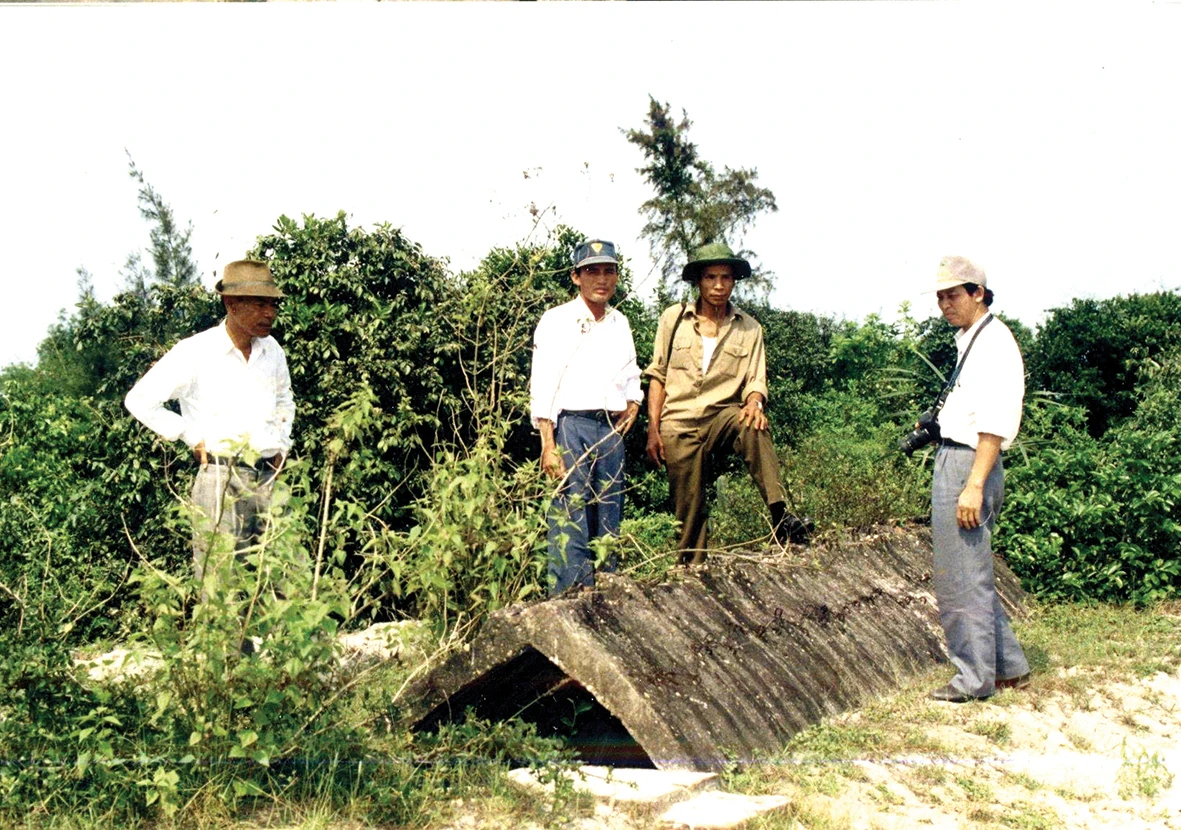
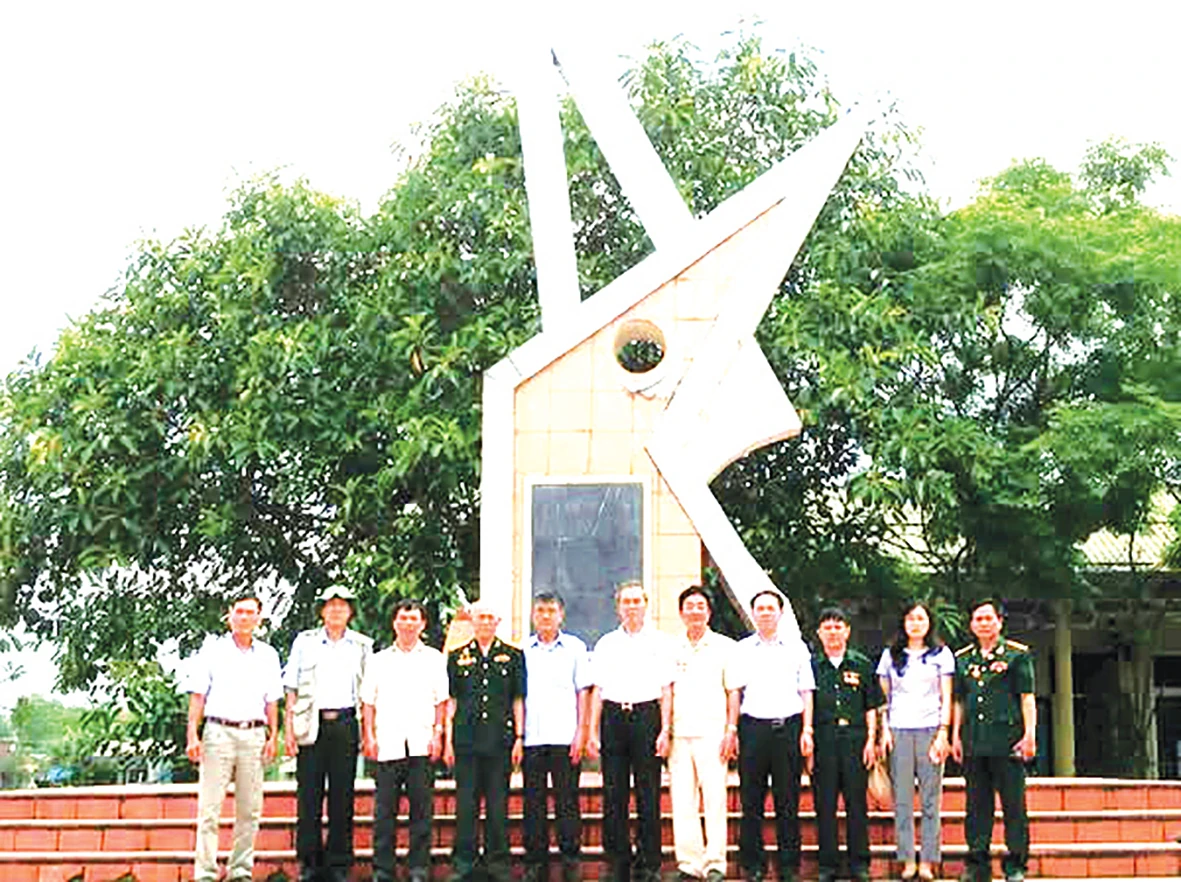
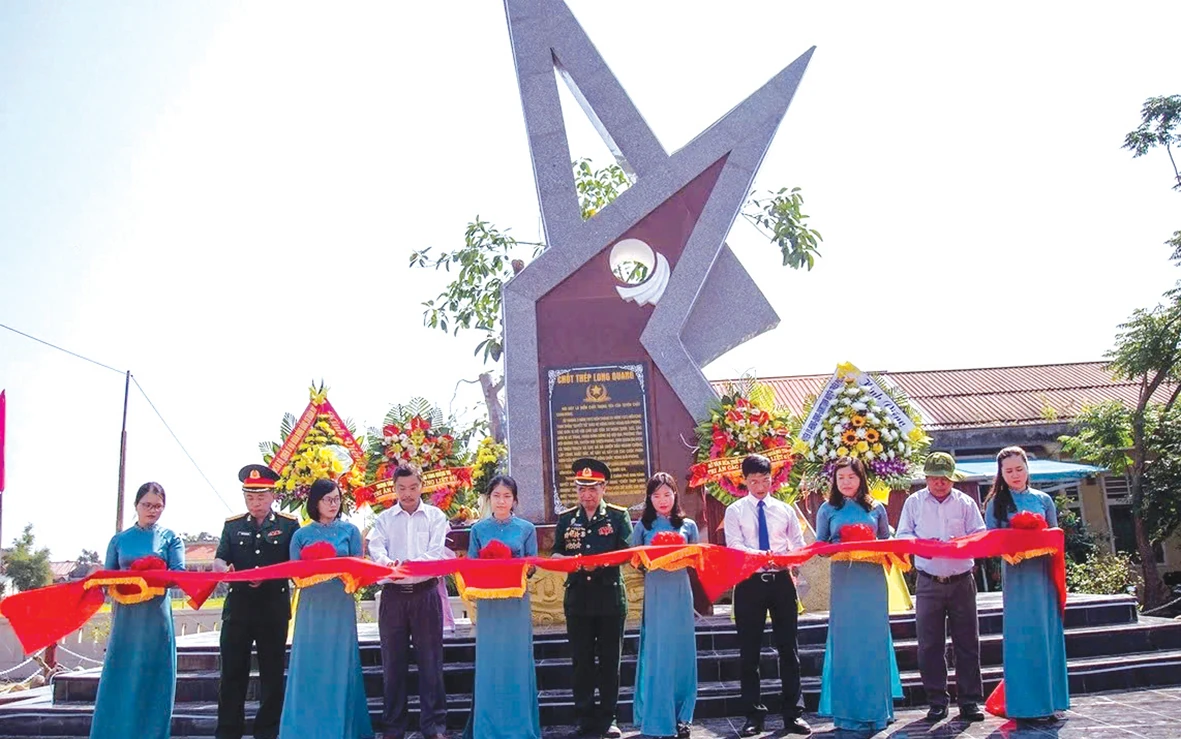
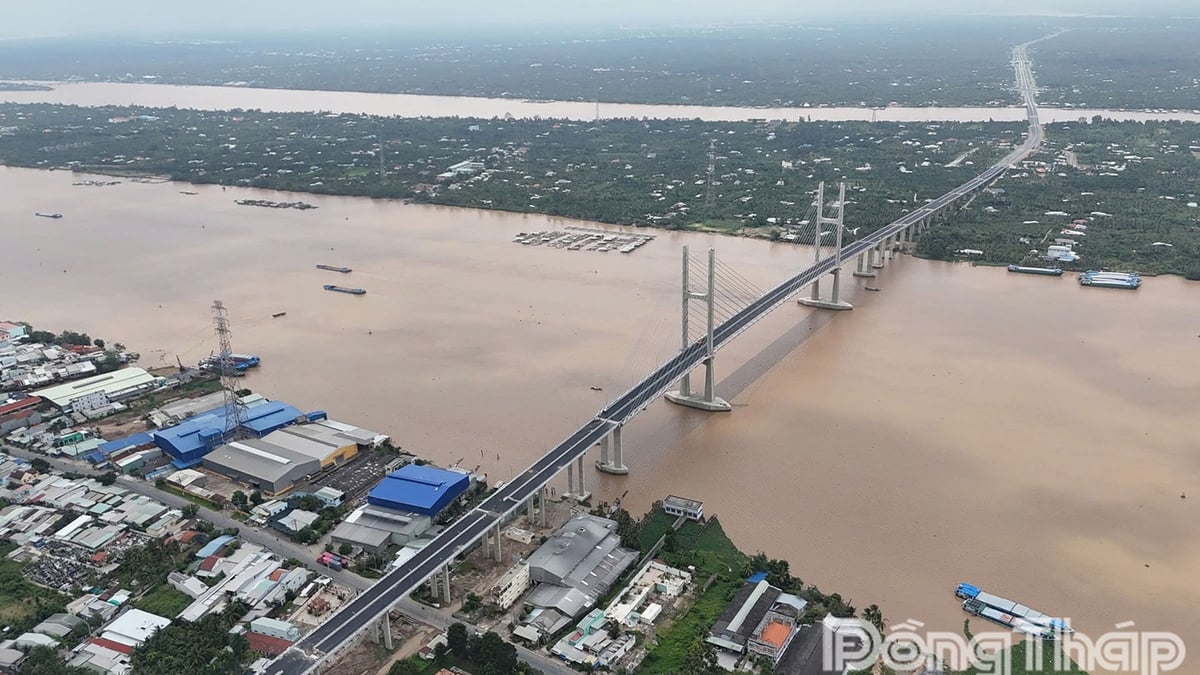
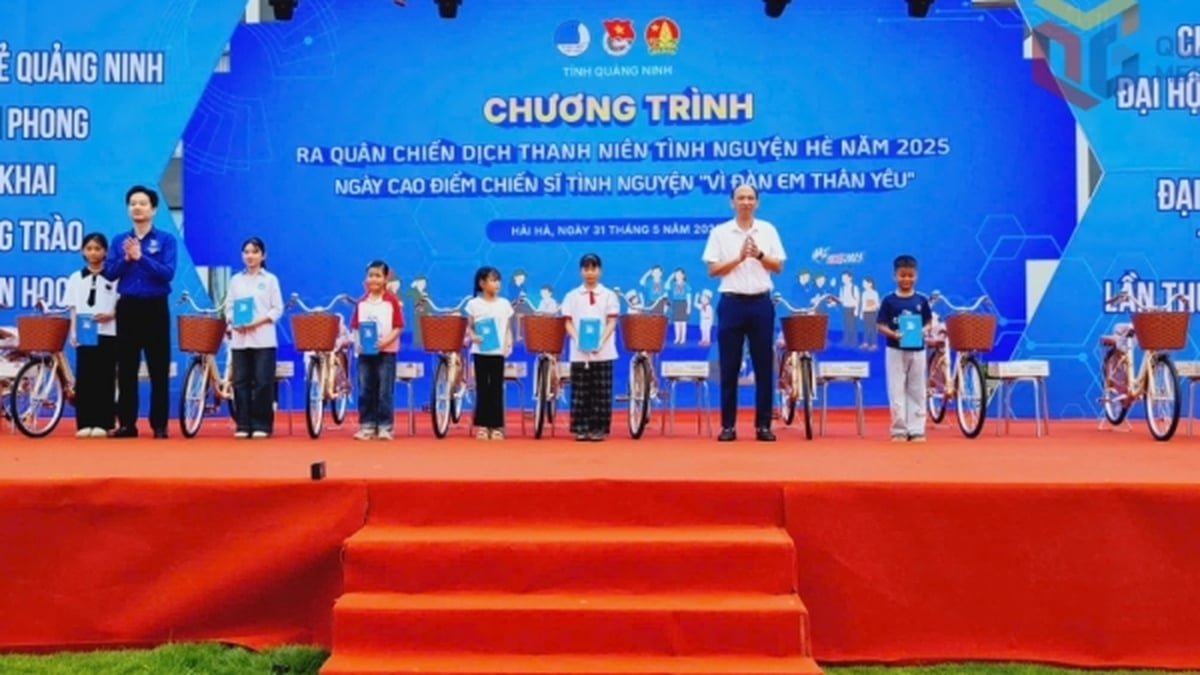


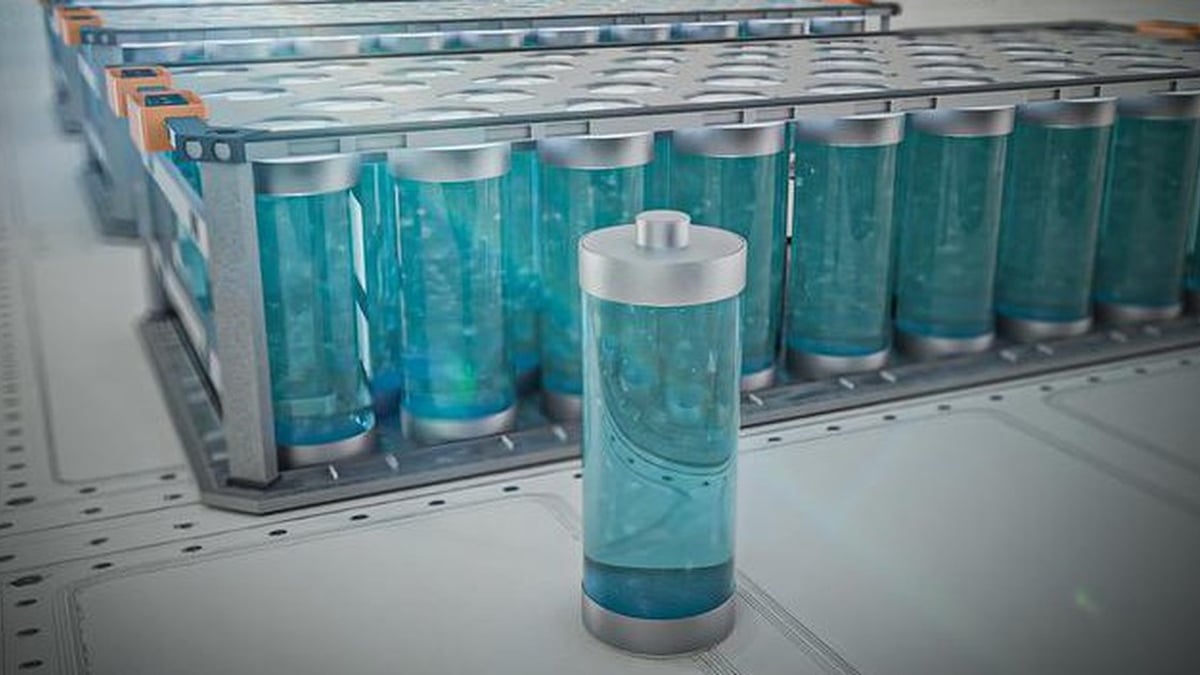
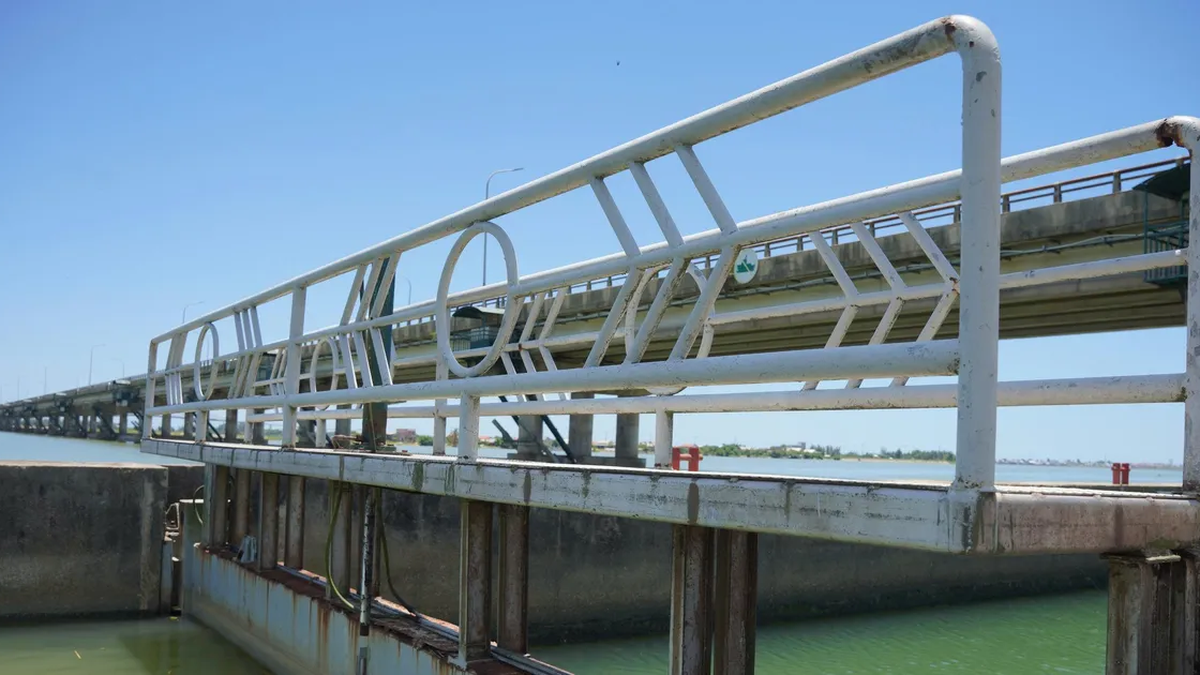
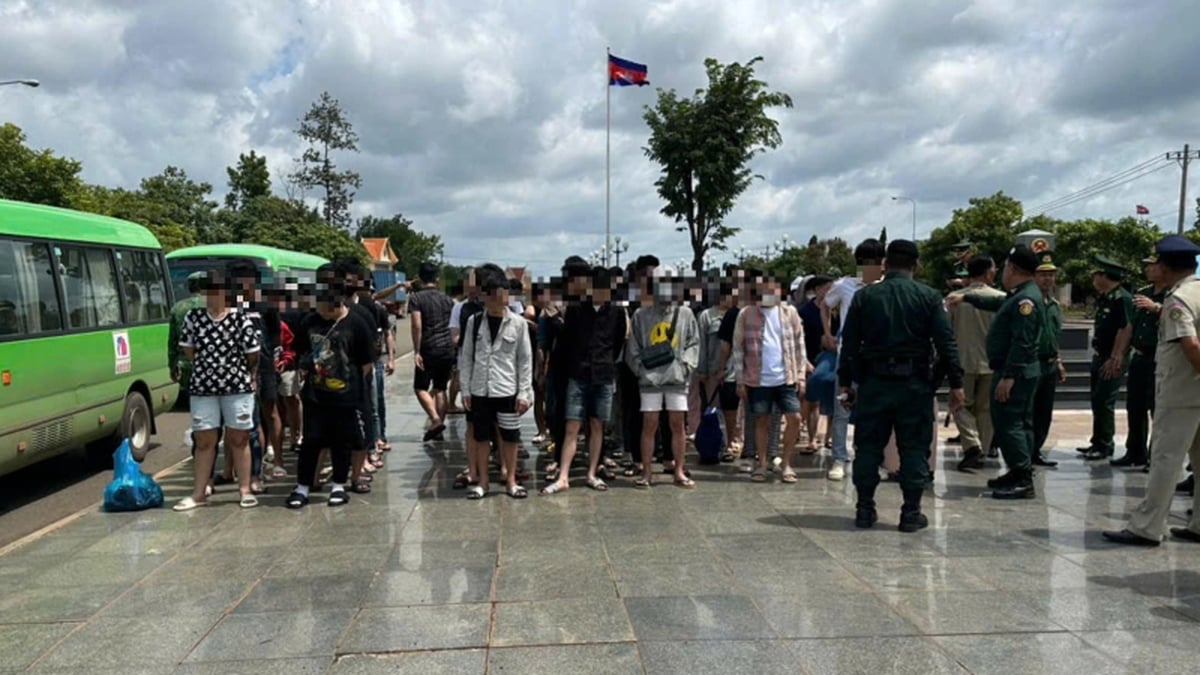
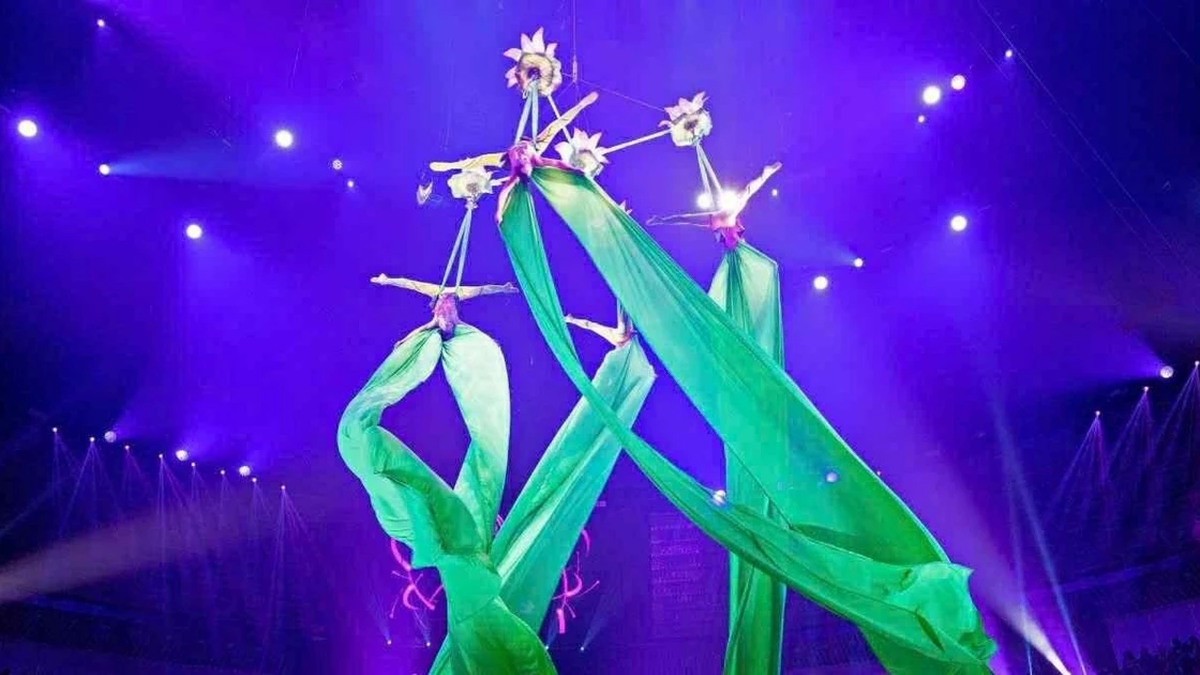
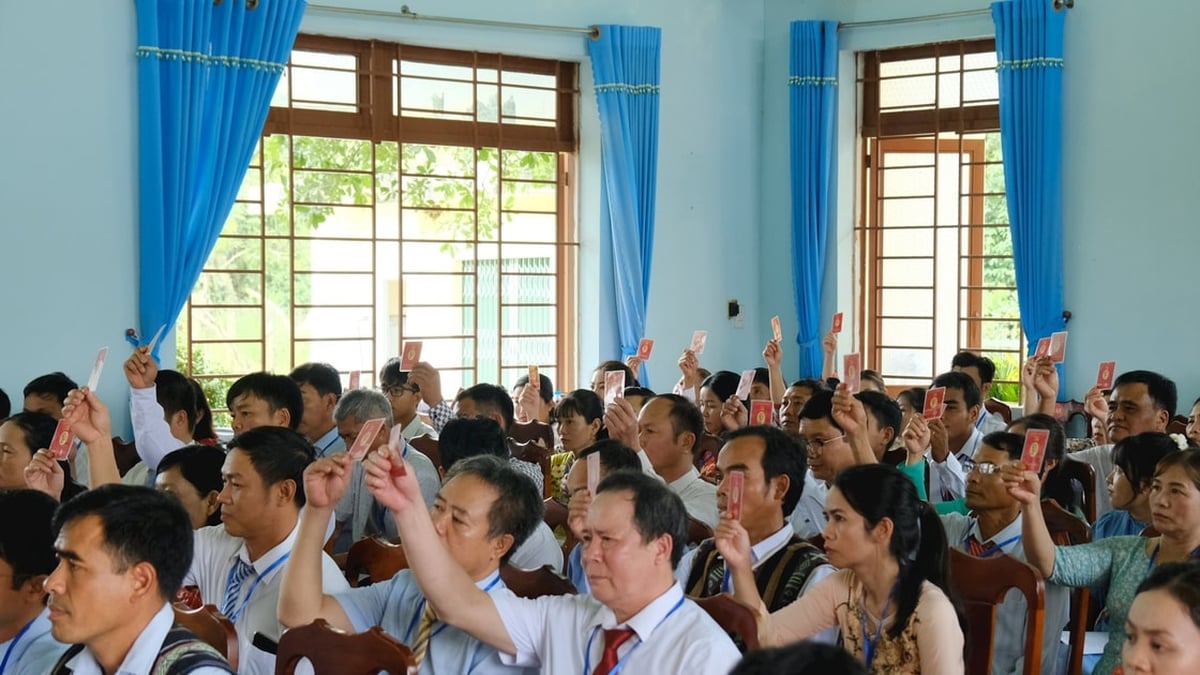
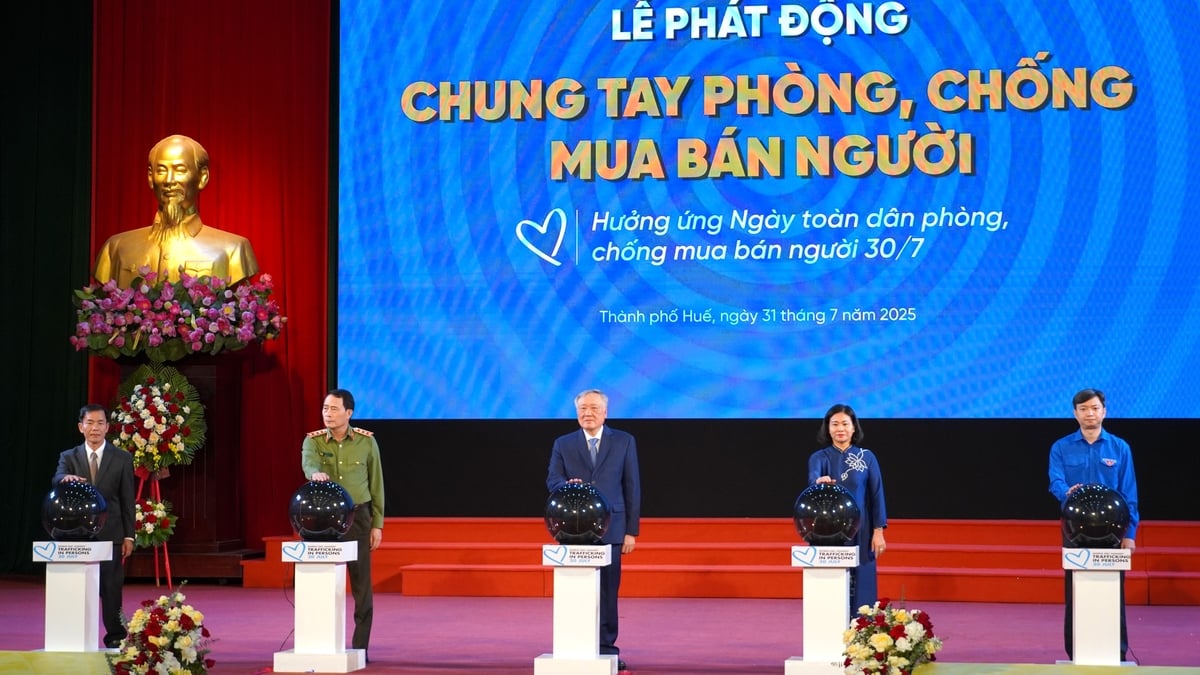






















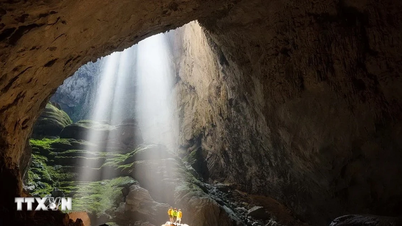

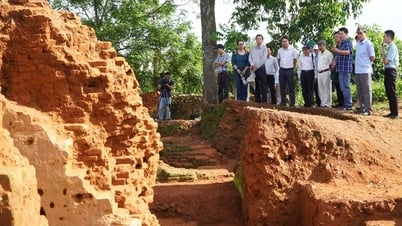





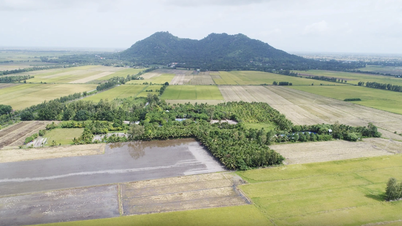

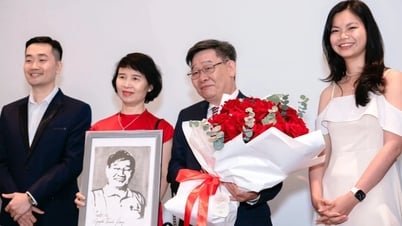

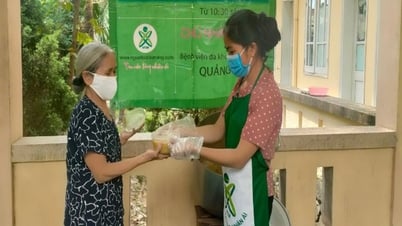
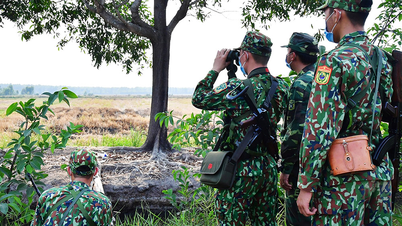











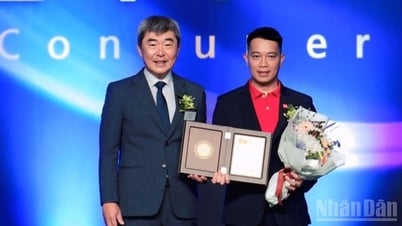

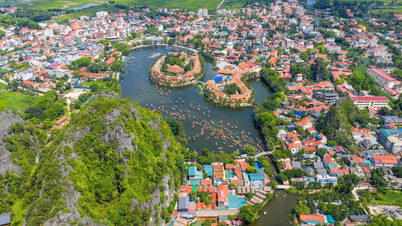



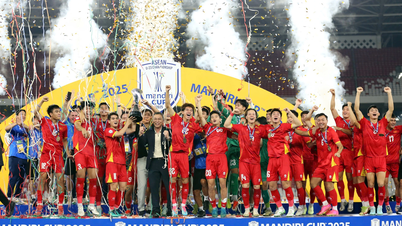
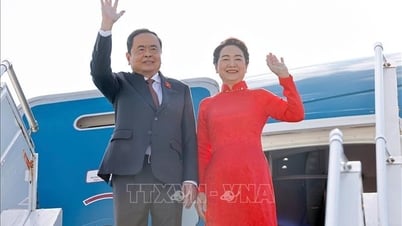


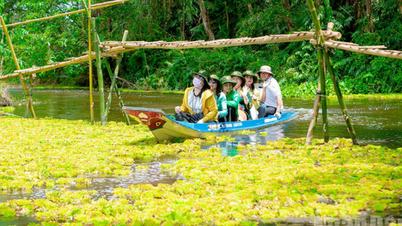


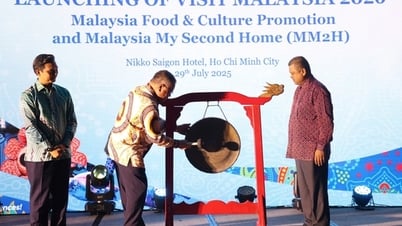

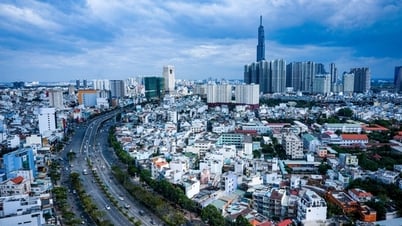
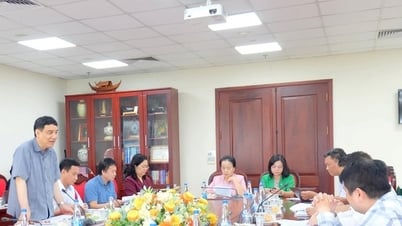







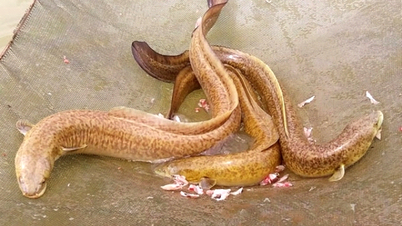












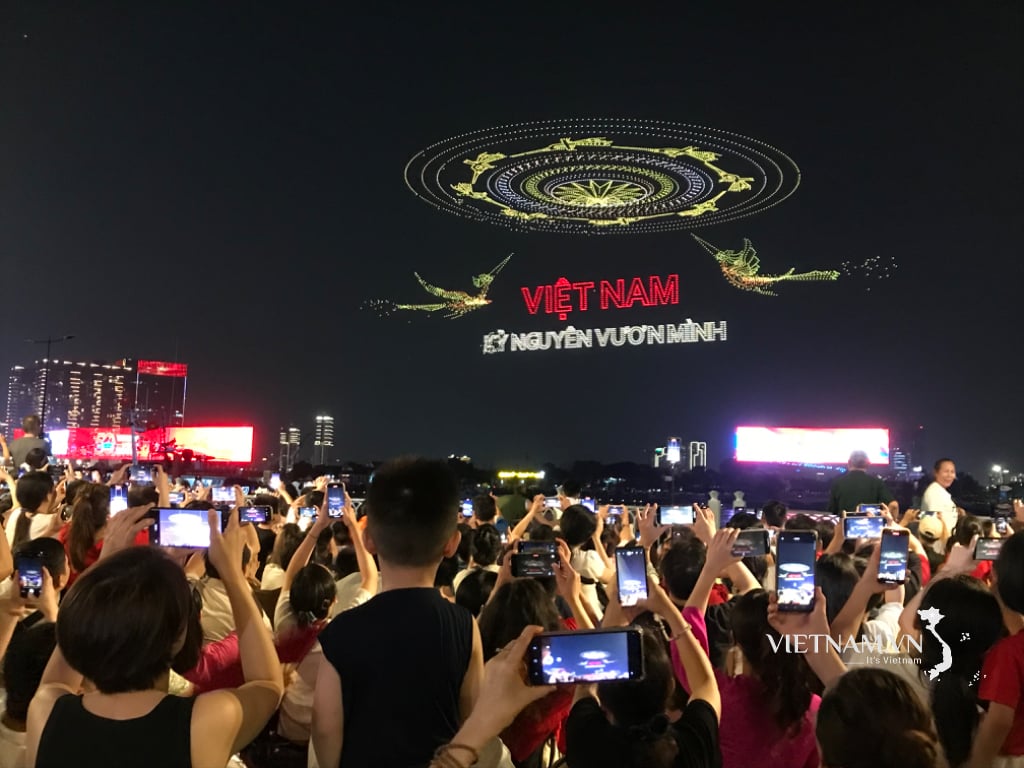
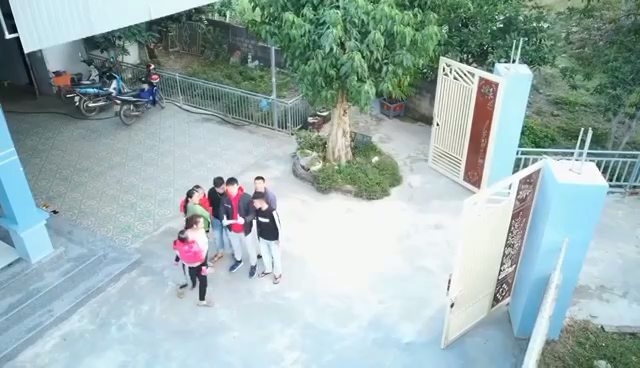
Comment (0)